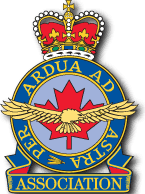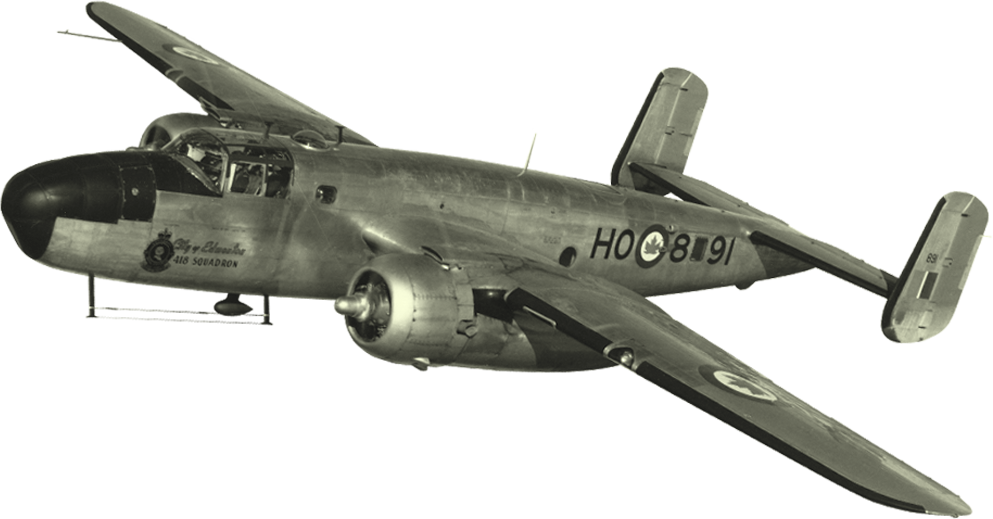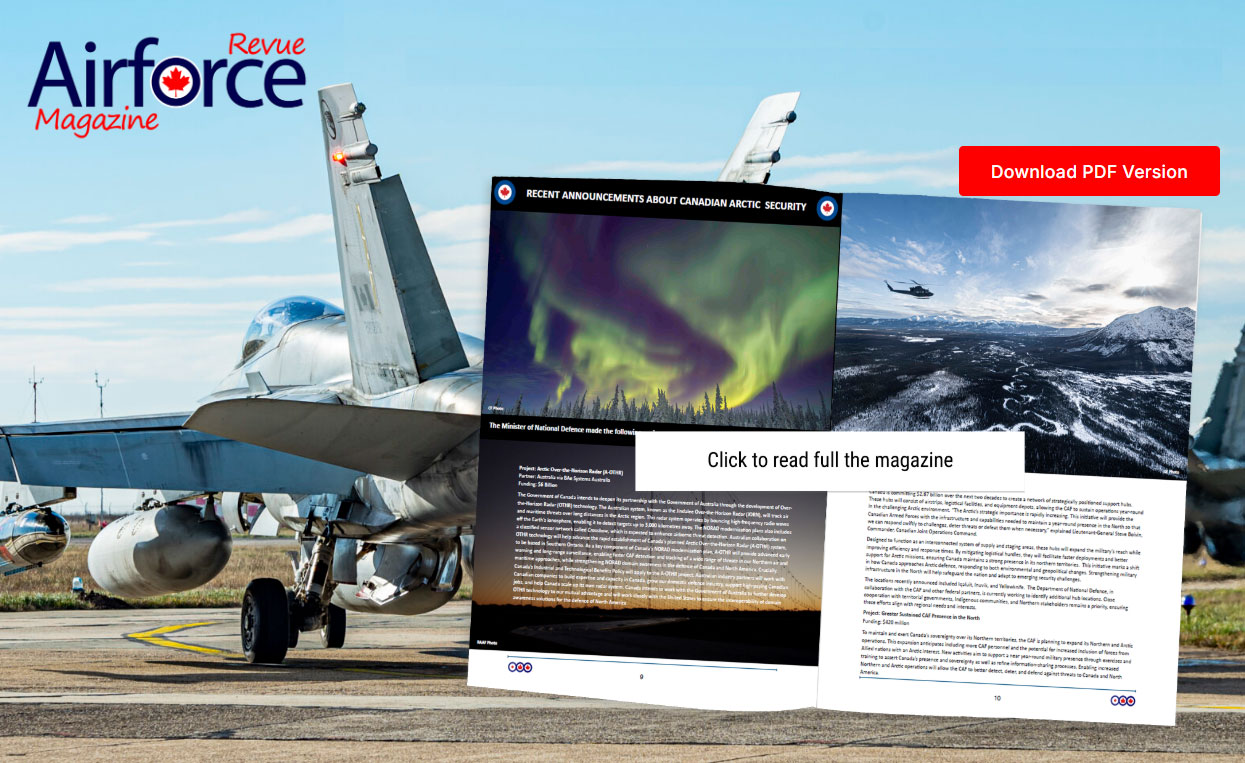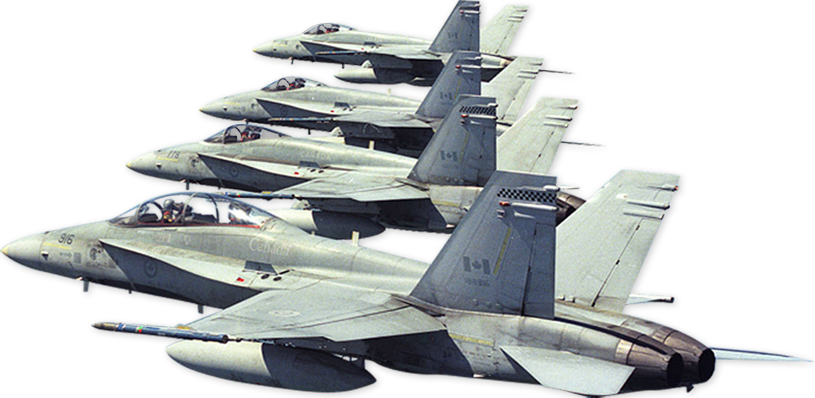VEIRA,
Basil Vernon Lancelot
Flying Officer,
No.12 Squadron,
J10677
Distinguished Flying Cross
RCAF Personnel Awards 1939-1949
Description (click to view)
VEIRA, F/O Basil Vernon Lancelot (J10677) - Distinguished Flying Cross - No.12 Squadron - Award effective 27 April 1943 as per London Gazette dated 20 June 1944 and AFRO 1660/44 dated 4 August 1944. Born 4 April 1914 in Basseterre, St.Kitts, British West Indies. Educated at St. Kitts Grammar School, 1922-1927 and St. Mary’s College, Southampton, England, 1927-1929. Home in Montreal (worked for James Strachan, a bakery company, October 1929 to enlistment; assistant sales manager when he left); enlisted there 25 June 1941. To No.4A Manning Depot, St. Hubert, 28 June 1941. To No.3 Initial Training School, Victoriaville, 9 August 1941; graduated 28 September 1941 when promoted Leading Aircraftman; to No.9 Air Observer School, St. Jean, 29 September 1941; to No.6 Bombing and Gunnery School, Mountain View, 4 January 1942. Promoted to Sergeant, 14 February 1942; to No.2 Air Navigation School, Pennfield Ridge, 15 February 1942. Commissioned as Pilot Officer, 16 March 1942; to No.31 General Reconnaissance School, Charlottetown, 10 April 1942; to 14 June 1942. Embarked for overseas, 16 June 1942; disembarked in Britain, 24 June 1942. Posted to No.20 Operational Training Unit, 13 July 1942; posted to No.12 Squadron, 21 October 1942. Promoted Flying Officer, 1 October 1942. Killed in action 28/29 April 1943 on Lancaster ED408. Award presented to next of kin, 12 December 1944. RCAF photo PL-34537 taken on occasion of DFC presentation to Mrs. H.S. Veira (wife), accompanied by Mr. And Mrs. K.S. Veira (parents).
// This officer has participated in numerous operational sorties which have included missions to Hamburg, Berlin, the Ruhr, Stettin and Spezia. His navigation has always been of a very high standard and he has a fine record of achievement. His determination and confidence while on operations has always been an inspiration to the squadron while his gallantry and devotion to duty has done much to create a high morale among his fellow navigators.
//NOTE: Public Record Office Air 2/8964 has recommendation drafted by Commanding Officer, No.12 Squadron, 26 April 1943 when he had flown 26 sorties (178 hours 55 minutes). Sortie list and submission as follows:
// 7 November 1942 - GARDENING (3.47)
9 November 1942 - Hamburg (6.36)
8 January 1943 - GARDENING (5.08)
16 January 1943 - Berlin (8.01)
31 January 1943 - Hamburg (5.49)
2 February 1943 - Cologne (5.06)
4 February 1943 - Turin (9.13)
18 February 1943 - Wilhelmshaven (4.43)
25 February 1943 - Nuremberg (7.21)
28 February 1943 - St. Nazaire (5.38)
1 March 1943 - Berlin (7.48)
3 March 1943 - Hamburg (4.36)
8 March 1943 - Nuremberg (7.10)
9 March 1943 - Munich (7.11)
11 March 1943 - Stuttgart (6.08)
12 March 1943 - Essen (3.54)
22 March 1943 - St. Nazaire (4.33)
3 April 1943 - Essen (3.56)
4 April 1943 - Kiel (4.57)
8 April 1943 - Duisburg (4.01)
10 April 1943 - Frankfurt (5.16)
13 April 1943 - Spezia (9.42)
16 April 1943 - Pilsen (8.09)
18 April 1943 - Spezia (8.38)
20 April 1943 - Stettin (6.59)
26 April 1943 - Duisburg (4.35)
// Flying Officer Veira (a Canadian) has carried out 26 sorties with this squadron. The operations include sorties to Hamburg (three times), Berlin (twice), the Ruhr, Pilsen, Stettin, Spezia. His navigation has been constantly of a very high standard and he has a fine record of achievement. His cheerfulness, courage and devotion to duty has been an inspiration to the squadron, and has helped to maintain the morale of the squadron at a high level. He is a leader of men and fully merits the award of the Distinguished Flying Cross.
//On 7 May 1943 (when reported missing), the Officer Commanding, Station Binbrook, added his comments:
// This Canadian officer is a navigator of exceptional ability. He has carried out 26 very good operations in his squadron, and all of a high standard. His strong purpose and cheerful attitude towards operations is a tonic and inspiration within the squadron, while his devotion to duty has created a high morale among his fellow navigators. Recommended for the award of the Distinguished Flying Cross.
//Notes: In crew of Wellington Ic R1399 when it was in an accident at Lossiemouth, 28 September 1942. Pilot approached to land, touching down between second and third flare. Brakes did not respond; pilot swung off flare path, crossed perimeter track and retracted undercarriage; aircraft was just above a pile of stones. Investigators concluded that the pilot had been concentrating too much on his line and not paying attention to airspeed.
//Training: Interviewed 13 May 1941 by F/O A.L.L. Lapointe. “Intelligent, straightforward, polite, well recommended. Reliable, good education and has held responsible and steady position.”
//Course at No.3 ITS was 8 August to 13 September 1941. Graded in Mathematics (74/100), Armament, practical and oral (88/100), Signals (90/100), Drill (80/100), Law and Discipline (56/60) and Hygiene and Sanitation (32/40). Placed sixth in a class of 18. “Very confident. Self assured. Good background. Very solid and very keen. Mature type. Intelligent outlook. Very well spoken. Sensible. Alert. Good leader type. Commission material.” (W/C D.D. Findlay).
//Course at No.9 AOS was 29 September 1941 to 3 January 1942. Anson aircraft - 29 hours 35 minutes as first navigator by day, 28 hours as second navigator by day, six hours 35 minutes as first navigator by night, seven hours 45 minutes as second navigator by night. Placed seventh in flying class of 22. Ground training in DR Plotting (139/150), DR, DF and WT written (164/200), Compasses and Instruments (125/150), Signals (73/100), Bombing, written (75/100), Maps and Charts (69/100), Meteorology (76/100), Photography (87/100) and Reconnaissance (69/100). In ground school was seventh in a group of 22. Considered “above average” as navigator and observer. “Fine type for a commission. Does very good work both on ground and in the air.” (S/L K.S. Pitcairn).
//Course at No.6 BGS was 5 January to 14 February 1942. Fairey Battle aircraft - nine hours 35 minutes on day bombing, five hours 15 minutes on night bombing, eight hours 45 minutes by day on gunnery. Average bombing error was 95 yards, best was 65 yards. Dropped 30 bombs high level by day, 20 bombs high level by night and eight bombs at low level. Fired 1,200 rounds air-to-air. Scored 17.5 percent hits in Beam Test, 6.5 percent hits in Beam Relative Speed Tesr and 12.5 percent hits in Under Tail Test. Bombing results “satisfactory”, gunnery results “above average”. Placed ninth in a class of 27. “He has a good personality, is keen and hard working. He has done well at this school, and will be a very competent observer.”
//Course at No.2 ANS was 16 February to 16 March 1942. Anson aircraft - six hours 25 minutes as first navigator by day, six hours 25 minutes as second navigator by day, seven hours 50 minutes as first navigator by night, 13 hours 30 minutes as second navigator by night. Rated 203/250 as navigator. Tests in Astro Navigation Plotting (146/150) and Astro Navigation written (94/100). “First in his class and a very good man. Enthusiastic and accurate worker.”
//Course at No.31 General Reconnaissance School was 13 April to 9 May 1942. Anson aircraft - 13 hours 45 minutes in daylight navigation. “Above average. Very keen and competent. Log keeping is very good.” Rated 162/200 in navigation air work and 67.5/100 in reconnaissance air work. Ground training in DR Navigation (169/200), Reconnaissance (145/200), Coding (89/100) Ship Recognition (158/200) and Visual Signals (Pass). “Average. This pupil has keenness and works hard. Results a little disappointing in reconnaissance.” Placed 14th in a class of 26. Overall described as follows - “This officer has worked hard and shown keenness, but his results were disappointing” (Chief Instructor) and “Good officer who should develop into a useful General Reconnaissance observer after experience.” (Commanding Officer, Station Charlottetown).
//Particulars of Death Aircraft was shot down by a German night fighter, 29 April 1943 in vicinity of Leba (near Lauenburg, Germany). Body washed ashore and buried in Leba. Lancaster ED408; Crew were 1315743 Sergeant G. Elsworthy (pilot), J10677 F/O B.V.L. Veira (navigator), 1311073 FS W.E. Freeman (WAG), 143857 P/O J.J.L. Haddow (bomb aimer), 621910 Sergeant E.A. Pye (flight engineer), 989136 Sergeant C.W.S. Downes (mid-upper gunner) and 930059 Sergeant R.C. Grant (rear gunner). No.12 Squadron. Aircraft carrying four 1,500 pound sea mines when it took off. On 12 December 1944 his widow attended an investiture at Government House, Ottawa, to receive her husband's Distinguished Flying Cross. The Department of National Defence provided her with a rail ticket and $ 10.00 expenses. It is interesting to note that this investiture was attended by 28 other next-of-kin receiving awards on behalf of deceased family; the list of those attending includes not only Mrs. B.V.L. Veira but also Mrs. D.E. Hornell (picking up her husband's posthumous Victoria Cross). This information is not on his personal file but is found in RCAF file 305-4-3 "Honours and Awards - Fifth Investiture at Government House", National Archives of Canada, RG.24 E.1, Volume 3350.








